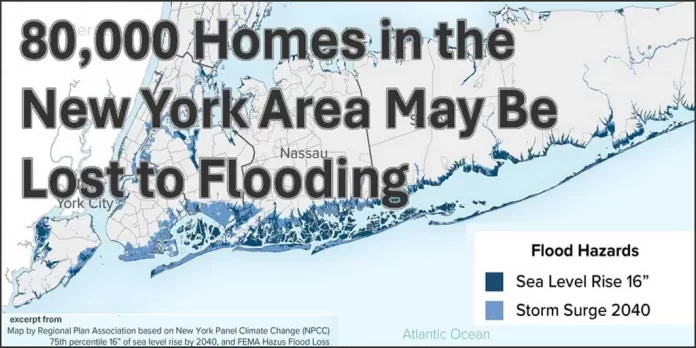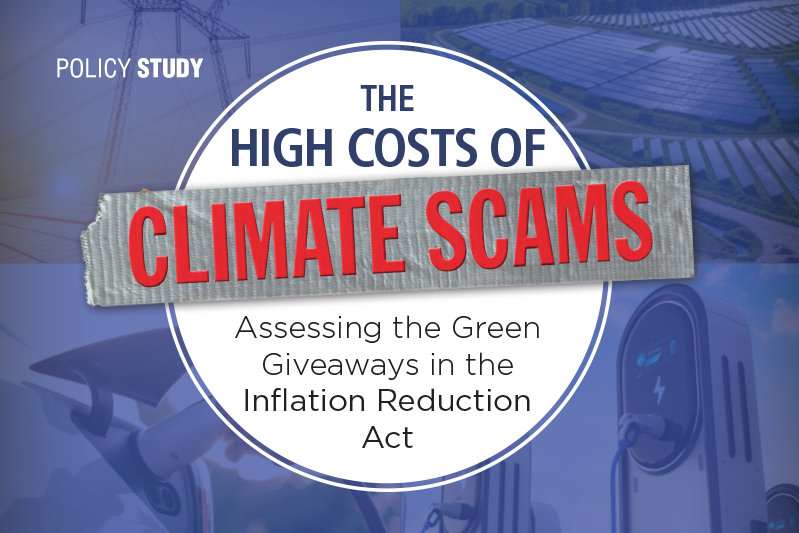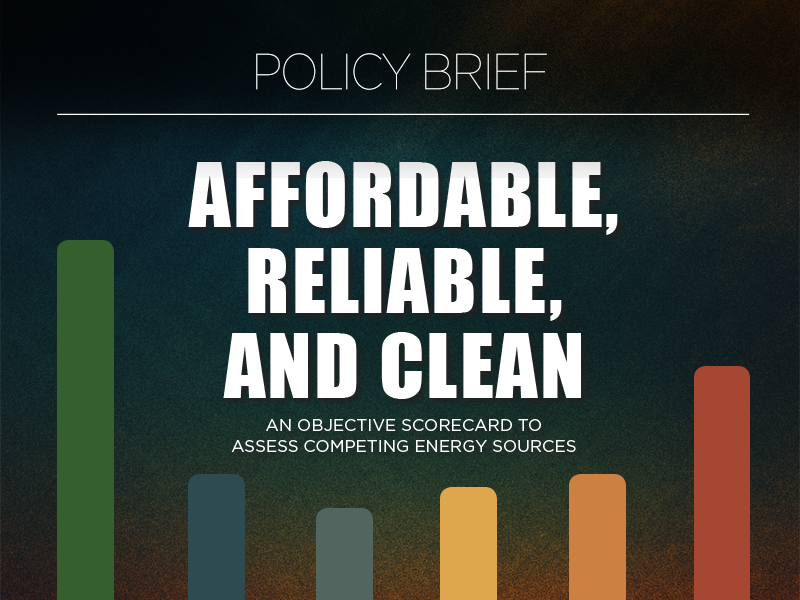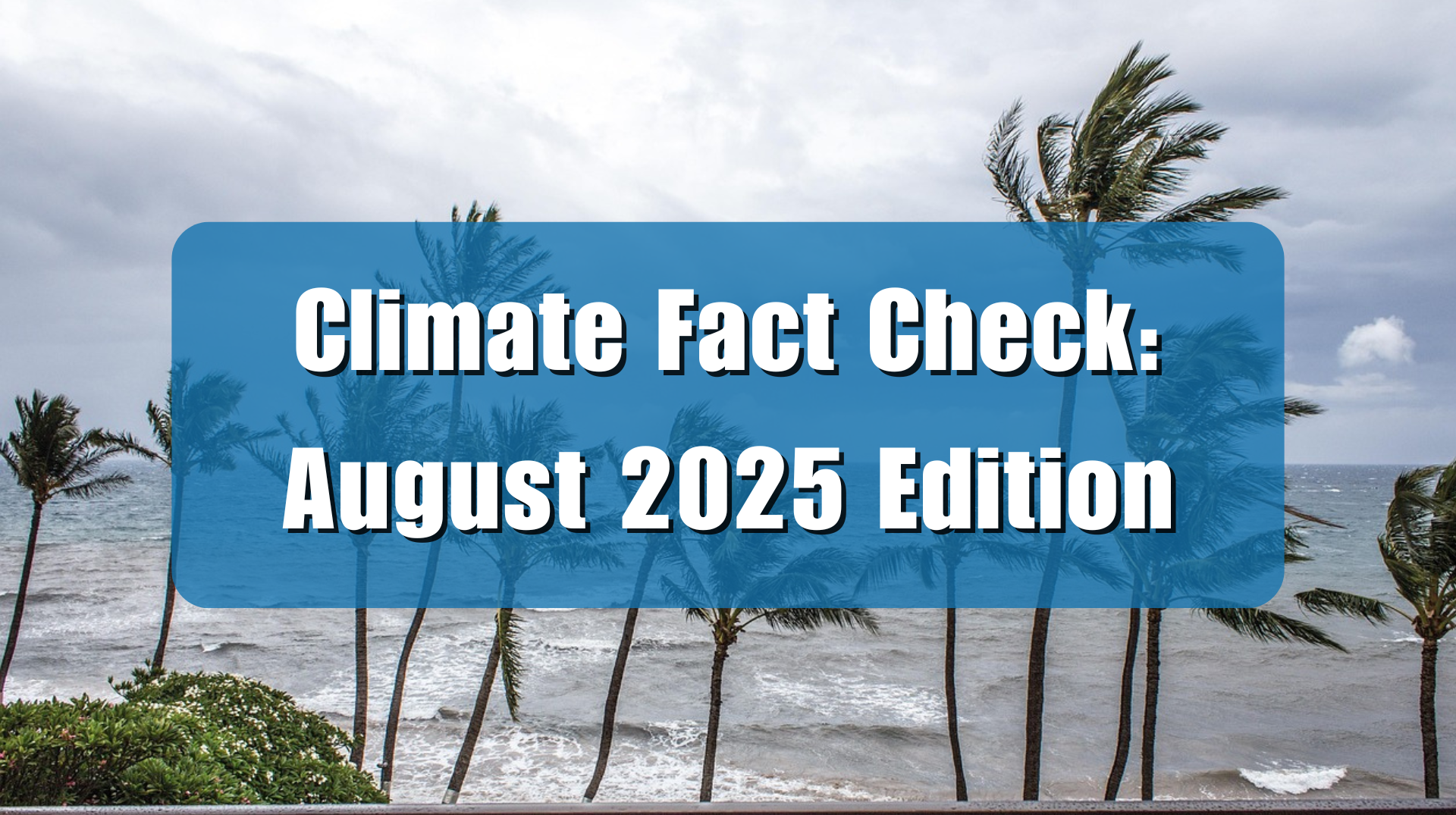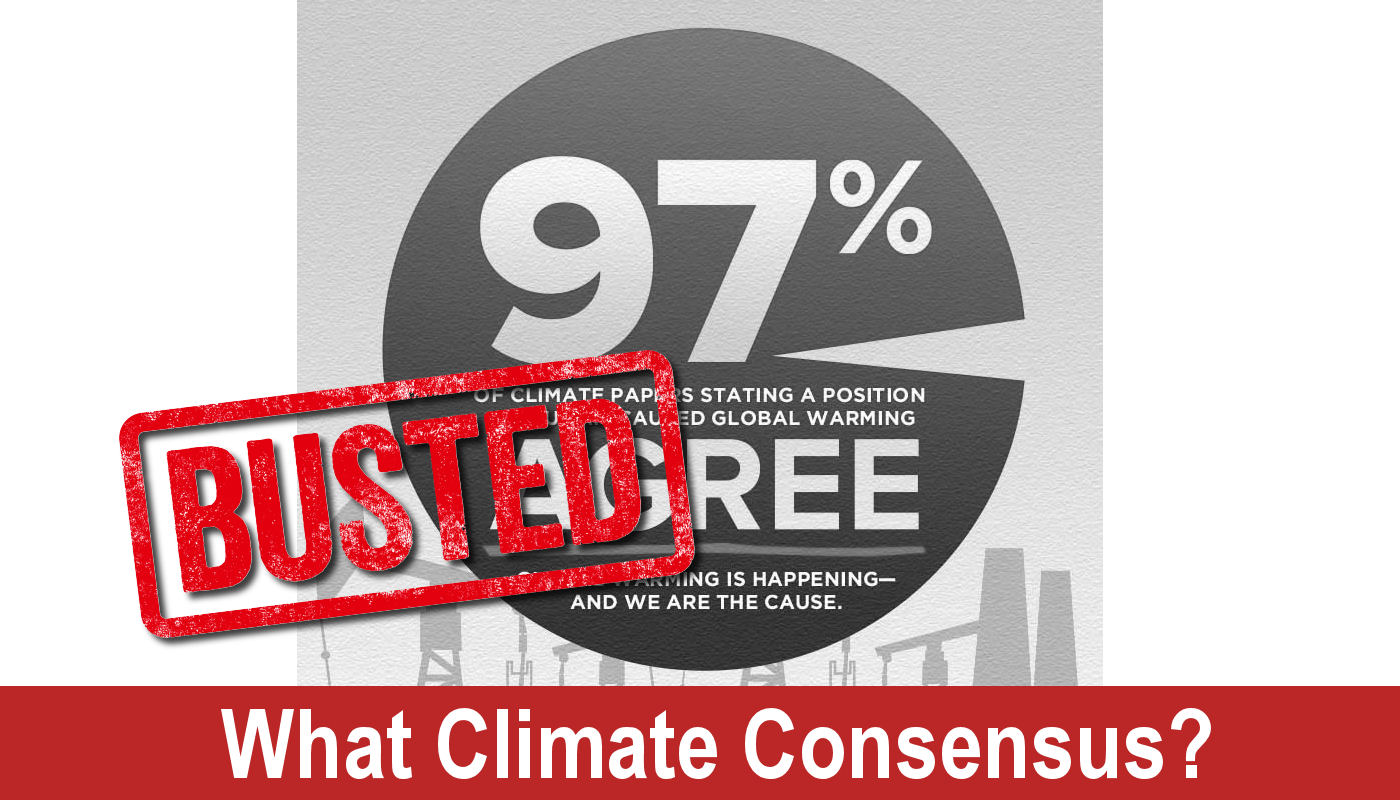At the New York Times, Mihir Zaveri and Hilary Howard allow themselves to be fooled by an alarmist report, released Monday by the Regional Plan Association, a nonprofit civic organization, which said “by 2040, dozens of neighborhoods and suburbs are likely to have lost thousands of homes to floods.”
The NY Times title is “In 15 Years, 80,000 Homes in the New York Area May Be Lost to Flooding”.
The report that has led these two professional journalists astray is “Averting Crisis – Zoning to Create Resilient Homes for All” particularly its section “Flood Exposure and Loss”.
The report seems rather straightforward, stating in simple language “By 2040, around 77,300 acres of residential-zoned land in New York City and the study area suburbs – or 10.5% of such land – may face flooding.”
That seems like a lot of lost residential area, doesn’t it?
How did they figure that?

That would certainly be bad.
But, I have to admit, my non-science buzzer went off when I read that.
They don’t exactly cheat, they do supply some reference as to how thy arrived at that conclusion. Following the journalistic norm by placing explanatory caveats behind little “circle-dots”.
Obviously, that means “Please click on this little dot to find more information”, at least in the minds of the authors of the report. What do we find when we click on the dot?

Say what? 16” sea level rise by 2040? Sixteen inches in 15 years?
Taking the risk of over-exposing readers to this ubiquitous graph of actually experienced, real-world Relative Sea Level Rise in and around New York City, here is how much relative sea level has really risen in the last 150 years and it states simply “0.96 feet in 100 years”.

Maybe our NY Times striving journalists just failed to click on the circle-dot for an explanation of that rather over-blown sea level rise prediction. Maybe they just took the report at face-value, as if no one would ever sex-up a report to get more impact. Maybe neither Mihir Zaveri or Hilary Howard has any real background knowledge about sea level and don’t know how to find out, how to check facts presented to them – I don’t know. But not realizing that the Regional Plan Association report makes totally unrealistic, non-physical, impossible assumptions about sea level rise by 2040 is a pretty big fail for journalists at one of the world’s newspaper of record.
Maybe they didn’t read the actual report at all – if they had read one paragraph further, they would have found “Hazards include storm surge, riverine flooding, and sea level rise projections based on New York Panel Climate Change (NPCC) 16″ of sea level rise by 2040 (75th percentile).”
Bottom Lines:
1. Don’t believe everything you read in the NY Times or hear on NPR or “facts” that are dished up by advocacy non-profit organizations – even if they quote advocacy-based “official” reports from the likes of the New York City Panel on Climate Change (NPCC).
2. Most of the Climate Alarm Talking Points are easily checked by referring to official sources (even knowing that those sources themselves may be biased in favor of alarm) – NOAA gives the easily located facts about sea level rise for many U.S. locations. PSMSL offers far more extensive coverage. There is no excuse for being fooled on sea level rise alarmism.
3. New York City is a coastal, sea-facing, island city (for the most part). It was hit by Hurricane Sandy (by any name) in 2014 and saw 14.06 feet of storm surge at Battery Park. It needs to adapt to these types of threats.
4. Except for low-lying areas built on tidal flats and pre-existing flood plains, or areas directly on ocean-facing beaches, most of NY City need not worry about relative Sea Level Rise this century but NY City will see another foot or so of sea level by 2100.
# # # # #
Author’s Comment:
NY City, and most of the entire state of New York, has a terrible deficit of basic decent affordable housing for lower income working people. This is true even in the tiny Upstate community in which live. Even truly crappy apartments are priced out of the reach of minimum wage earners, even for two earner couples. I don’t mean to downplay that aspect of the report on which this news brief is based.
Years ago, I urged my kids to buy small homes that they could afford and fix them up. They now have the advantages (and downsides) of being “home owners” and have seen doubling and tripling of the values of their homes in the last decade. None bought homes in flood zones (with a bit of advice from me) or on beaches.
I am usually disappointed by the reporting in the NY Times, even in the ‘back sections’ (in the past they were devoid of politics). They used to have decent Science and Health sections – but no more. They now have a Climate and Environment section, which reads like it is written by an unholy cross between the Environmental Defense Fund and the Climate Action Network.
But, hey, Thanks for Reading.













